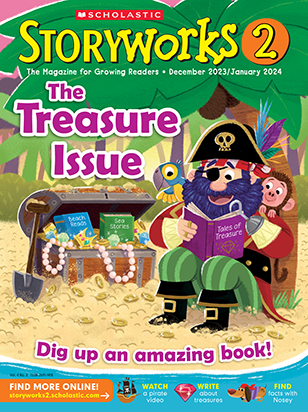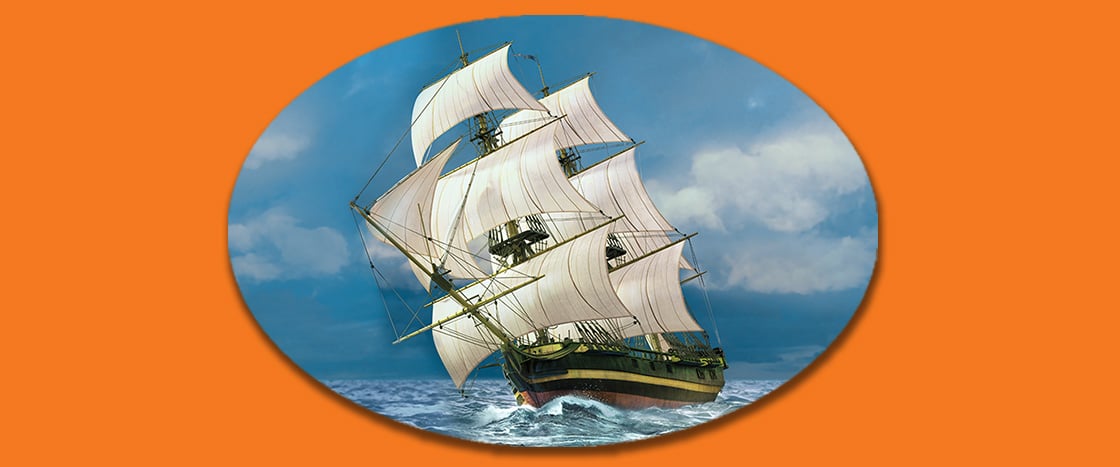Google.com
In 1717, a pirate named Sam Bellamy and his men sailed the Caribbean Sea and the Atlantic Ocean. They robbed the ships passing by. They stole gold, silver, silk, and spices.
Bellamy had 145 men on his crew. A crew is a group of people who work on a ship. In just one year, they had robbed more than 50 ships.
That April, Bellamy and his crew were sailing on a big ship called the Whydah (WIH-duh). It was filled with treasure. It had 180 bags of gold and silver coins.
They were going to make a stop at Cape Cod, Massachusetts. But they never made it.
On April 26, a vicious storm swept in. Tall waves crashed over the ship. Howling winds tore apart the sails. They knocked men over like toy soldiers.
The Whydah broke apart. Men fell into the sea. Sam Bellamy drowned. He was one of 140 men who died that day. The ship sank to the bottom of the ocean. That was more than 300 years ago.
It was 1717. There was a pirate named Sam Bellamy. He and his men sailed the Caribbean Sea and the Atlantic Ocean. They robbed other ships. They stole gold and silver. They stole silk and spices.
Bellamy had 145 men who worked on the ship. They were his crew. They had robbed more than 50 ships in one year.
In April, Bellamy and his crew were sailing on a big ship. It was called the Whydah (WIH-duh). It was filled with treasure. It had 180 bags of gold and silver coins.
The pirates were going to make a stop at Cape Cod, Massachusetts.
But they never made it.
On April 26, a vicious storm swept in. Tall waves crashed over the ship. Winds tore apart the sails. Men got knocked over.
The Whydah broke apart. Men fell into the sea. Sam Bellamy drowned. There were 140 men who died that day. The ship sank. It went to the bottom of the ocean. That was more than 300 years ago.
In 1717, a pirate named Sam Bellamy and his men sailed the Caribbean Sea and the Atlantic Ocean. They robbed the passing ships by stealing gold, silver, silk, and spices.
Bellamy had a crew of 145 men who worked on the ship. In just one year, they had robbed more than 50 ships.
That April, Bellamy and his crew were sailing on a big ship called the Whydah (WIH-duh). It was filled with treasure, including 180 bags of gold and silver coins.
They were going to make a stop at Cape Cod, Massachusetts. But they never made it.
On April 26, a vicious storm swept in. Tall waves crashed over the ship and howling winds tore apart the sails. They knocked men over like toy soldiers.
The Whydah broke apart. Men fell into the sea. Sam Bellamy was one of 140 men who drowned that day. The ship sank to the bottom of the ocean more than 300 years ago.

